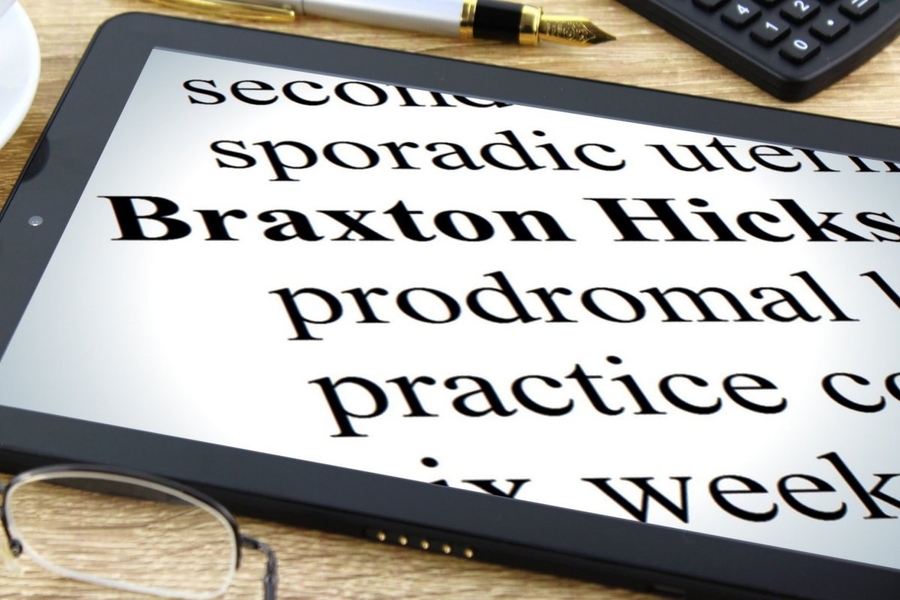
Braxton Hicks Contractions: What To Expect
21 Dec 2017 | 3 min Read
Babychakra
Author | 1369 Articles
What do Braxton Hicks contractions during pregnancy tell you?
Every contraction during pregnancy feels like the last one. You are constantly thinking, ‘this is it’, only to realise that it is not. All pregnant ladies need to thank Dr. John Braxton Hicks for putting an end to this confusion once and for all.
What are Braxton Hicks contractions?
Braxton Hicks contractions are intermittent contractions that begin during the first trimester, but you may not even feel them until the end of second trimester. Some women may not experience them at all. The term was first coined by Dr. Hicks who described these symptoms first in 1872. During these contractions, your uterine muscles contract or tighten for about 30 to 60 seconds or even as long as 2 minutes. They are sometimes also known as ‘practice labor’ or ‘practice contractions’ as they prepare you for real labor.
How does a Braxton Hicks feel?

During any type of uterine contraction, you will feel your uterus, groin, and lower abdominal area tighten and then relax. Braxton Hicks contractions are intermittent and irregular unlike labor pains. They are usually painless, unpredictable, not rhythmic, irregular in intensity, but sometimes they can be a little uncomfortable.
Learn how to identify Braxton Hicks contractions in this video.
Source: IntermountainMoms
How will I know if I have Braxton Hicks or labor?
A few days before the due date or before actual labor begins, your contractions will become more rhythmic and will occur more closer together. Sometimes they may even be painful fooling you that you are in labor. Relax, they still are Braxton Hicks contractions, also termed as false labor.
During true labor, your contractions will get stronger, longer, and will return at regular intervals, no matter what you do to try and relive them. Along with these pains, there will be changes seen in the cervix, which is a clear indication that the baby is on its way out.
If you find that your contractions are alleviated in any way, they are still Braxton Hicks contractions.
Should I worry if Braxton Hicks contractions become more painful? What should I do
There is no need to worry as Braxton Hicks contractions do not hurt, but may be mildly uncomfortable. You can try changing your position or take some rest as they may help in relieving the symptoms. Have a glass of water or some herbal tea to ease the discomfort. Sometimes, walking also provides relief. If you are in true labor, the symptoms will persist, regardless of what you do.
When should I call emergency?
If you are yet not experiencing rhythmic, strong and frequent contractions, along with one of the following, you will need to call your healthcare provider as it may be a signs of preterm labor.
- Regular contractions
- Menstrual cramp-like pain
- Abdominal pain
- Vaginal bleeding
- A pushing down sensation in the pelvis (like the baby is coming out)
- Dull or rhythmic back pain
After you have crossed 37 weeks, you need to inform your healthcare provider that you are having contractions. If your water breaks, or your contractions are coming 5 minutes apart, and you have constant severe pain, rush to the hospital.
Source of banner image: thebluediamondgallery
Also read: Home Remedies For Discomfort During Pregnancy
A


Related Topics for you
Suggestions offered by doctors on BabyChakra are of advisory nature i.e., for educational and informational purposes only. Content posted on, created for, or compiled by BabyChakra is not intended or designed to replace your doctor's independent judgment about any symptom, condition, or the appropriateness or risks of a procedure or treatment for a given person.
